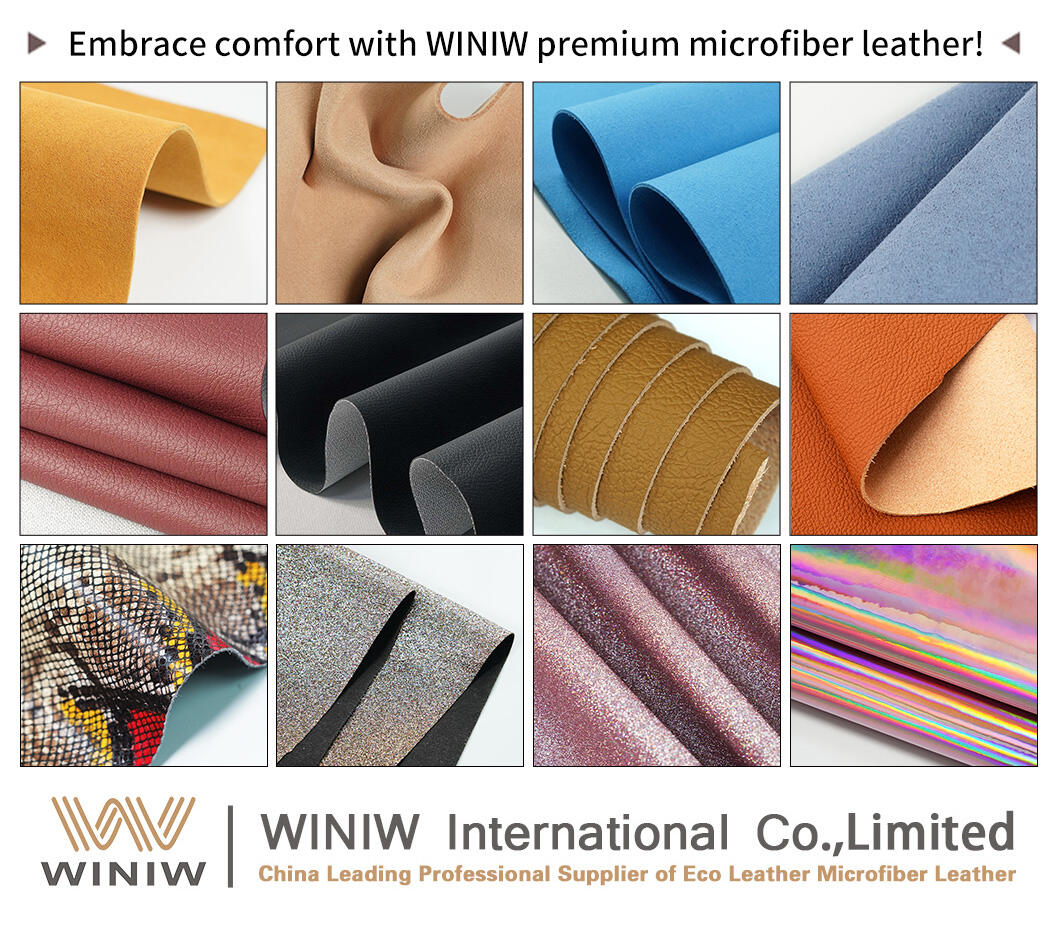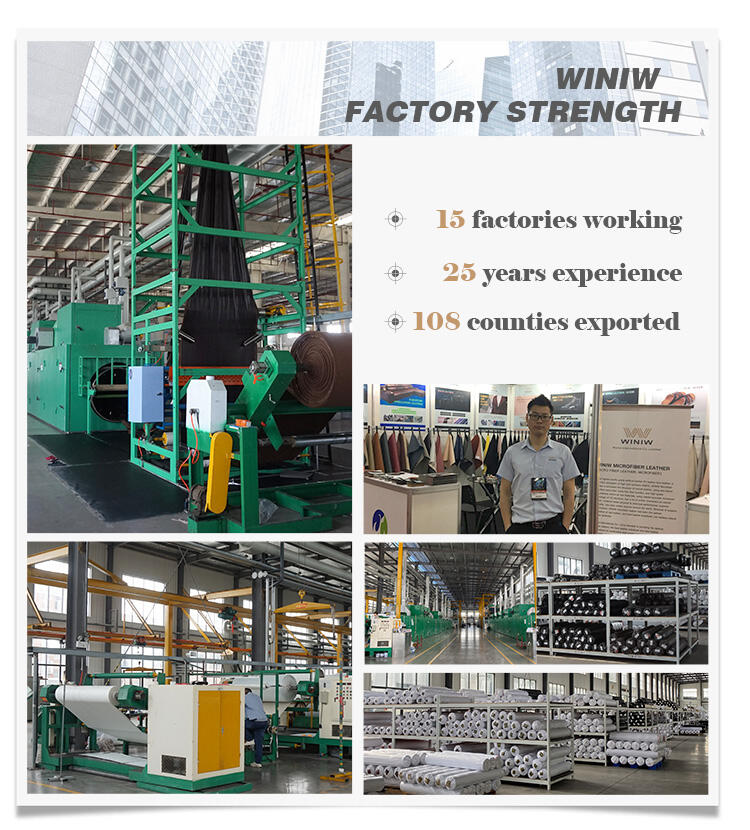PU leather, also known as polyurethane synthetic leather, is a widely used material in the market due to its ability to mimic the appearance and texture of natural leather at a more affordable price. However, despite its popularity, PU leather has several disadvantages that consumers should be aware of.
Poor Breathability
One of the most significant drawbacks of PU leather is its poor breathability. The synthetic coating on its surface makes it less able to allow air to pass through, leading to a stuffy feeling when used for extended periods. This can be particularly uncomfortable in clothing or furniture items that are in direct contact with the skin for long periods.

Low Heat Resistance
PU leather is also susceptible to heat damage. In high-temperature environments, it can soften, deform, or even release harmful substances. This limits its use in applications where exposure to heat is likely, such as car interiors or areas near heat sources.
Limited Durability
While PU leather is known for its durability compared to some other synthetic materials, it still pales in comparison to high-quality natural leather. Over time, PU leather can show signs of aging, such as surface hardening and cracking. This reduces its lifespan and aesthetic appeal.
Chemical Sensitivity
PU leather has a weaker resistance to chemicals such as acids and bases. Exposure to these substances can damage the material, affecting its appearance and functionality. This limits its use in environments where such chemicals may be present.
Potential for Formaldehyde Residuals
While PU leather itself does not typically contain formaldehyde, low-quality synthetic leather production processes may use adhesives or other chemicals containing formaldehyde, leading to residual contamination. This can pose health risks if not properly controlled and tested.

Environmental Impact
Although PU leather is considered more environmentally friendly than some other synthetic materials like PVC, its production still involves chemical processes that can have an impact on the environment. Proper disposal of PU leather products also needs to be considered to minimize environmental harm.
Less Authentic Feel and Appearance
While PU leather can be made to look very similar to natural leather, the texture and touch of natural leather are often harder to replicate fully. For those who value the authenticity and premium feel of natural leather, PU leather may not satisfy their expectations.
Conclusion
Despite its affordability and ability to mimic natural leather, PU leather has several disadvantages that consumers should consider before making a purchase. Its poor breathability, low heat resistance, limited durability, chemical sensitivity, potential formaldehyde residuals, environmental impact, and less authentic feel and appearance make it a less ideal choice for certain applications. When selecting a leather material, it is important to weigh these factors against one's specific needs and preferences.


 EN
EN








































